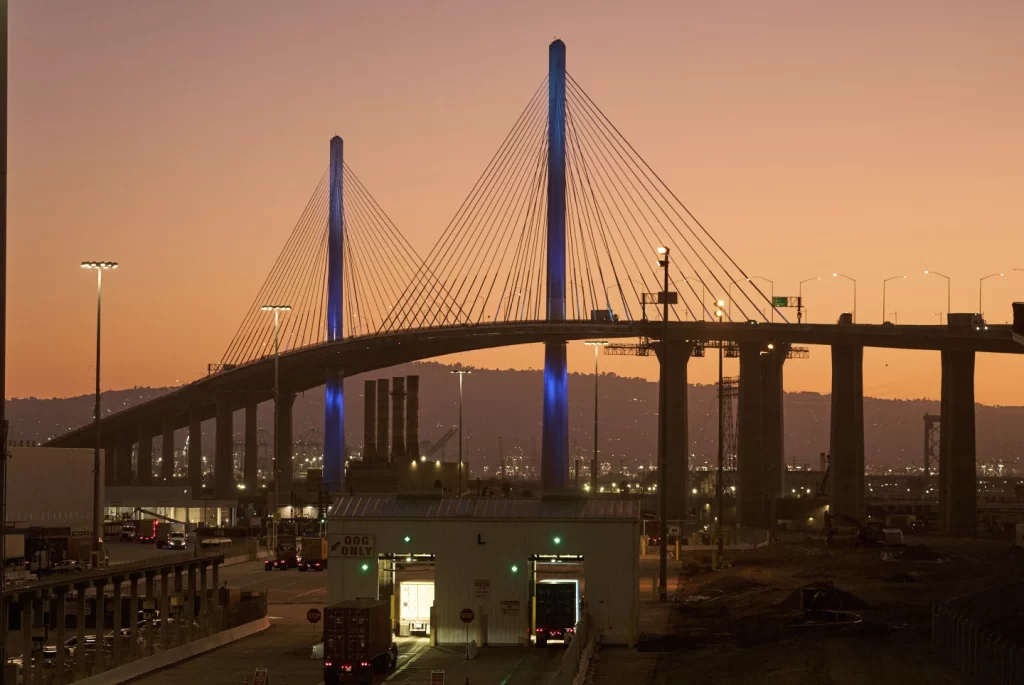
It’s been almost 100 years since the U.S. had tariffs at the level they could reach next Friday. Once President Donald Trump’s planned tariffs take effect, Americans will see an average tax of 18.3% for imported products, the highest rate since 1934, according to the Budget Lab at Yale, a non-partisan policy research center.
Late Thursday, Trump ordered new tariff rates for 66 countries, the European Union, Taiwan and the Falkland Islands. Among them: a 40% tariff on imports from Laos, a 39% tariff on goods from Switzerland and a 30% tariff on South African products.
Other trade partners, such as Cambodia and Bangladesh, had the tax rates on their exports to the U.S. reduced from levels the president had threatened to impose. Trump postponed the start date for all of the changes from Friday until Aug. 7.
Tariffs are a tax, and U.S. consumers are likely to foot at least part of the bill. The Budget Lab estimated that prices will increase 1.8% in the short term as a result of the trade war the U.S. waged this year. That’s the equivalent of a $2,400 loss of income per U.S. household, the group said.
Companies are dealing with tariffs in various ways. Many automakers appear to be swallowing tariff costs for now. But the world’s largest eyewear maker, EssilorLuxottica, said it raised U.S. prices due to tariffs. The maker of Ray-Bans grinds lenses and sunglasses in Mexico, Thailand and China and exports premium frames from Italy.
r, but the new tariffs will impact merchandise in the coming weeks,” David French, chief lobbyist for the National Retail Federation, the nation’s largest retail trade group, said Friday. “We have heard directly from small retailers who are concerned about their ability to stay in business in the face of these unsustainable tariff rates.”
Here’s what we know about the tariffs and what their impact will be on U.S. consumers:
How we got here
Trump unveiled sweeping import taxes on goods coming into the U.S. from nearly every country in April. He said the “reciprocal” tariffs were meant to boost domestic manufacturing and restore fairness to global trade.
The president paused the country-specific tariffs a week later but applied a 10% tax to most imports. In early July, he began notifying countries that the higher tariffs would go into effect Aug. 1 unless they reached trade deals.
In announcing the new rates for dozens of countries on Thursday, Trump delayed their implementation until Aug. 7.
In the meantime, he announced a 35% tariff on imports from Canada would take effect Friday. But Trump delayed action on Mexico and China while negotiations continue.
Other duties not specific to countries also remained in place Friday, like a 50% tariff on imported aluminum and steel announced in June.
What tariffs are in place already
The Trump administration reached deals with the European Union, Japan and South Korea that put 15% tariffs in place. A deal with the Philippines puts 19% tariffs in place while a deal with Vietnam imposes a 20% levy. This week, Trump announced a 25% tariff on goods from India and ordered a 50% tariff on goods from Brazil.
The U.S. Court of International Trade, a federal court that specializes in trade disputes, ruled in May that Trump exceeded his authority when he invoked an emergency powers law to implement tariffs.
On Thursday, an 11-judge panel of the U.S. Court of Appeals considered the case, and judges expressed skepticism that Trump could impose tariffs without congressional approval. The case is expected to wind up before the U.S. Supreme Court.
Tariffs are already impacting prices
The U.S. Commerce Department said Thursday that prices rose 2.6% in June, up from an annual pace of 2.4% in May and higher than the Federal Reserve’s goal of 2%. Furniture, computers and other items that often come from abroad were among the categories with higher average prices.
Wendong Zhang, an associate professor in the Dyson School of Applied Economics and Management at Cornell University, said U.S. consumers could see prices increases in the coming months for appliances and other products that contain a large amount of steel and aluminum.
But Zhang said a 15% tariff doesn’t mean prices will immediately rise by 15%. Companies were aware of the tariff deadlines, and tried to stockpile goods and take other measures to mitigate the impacts, he said.




